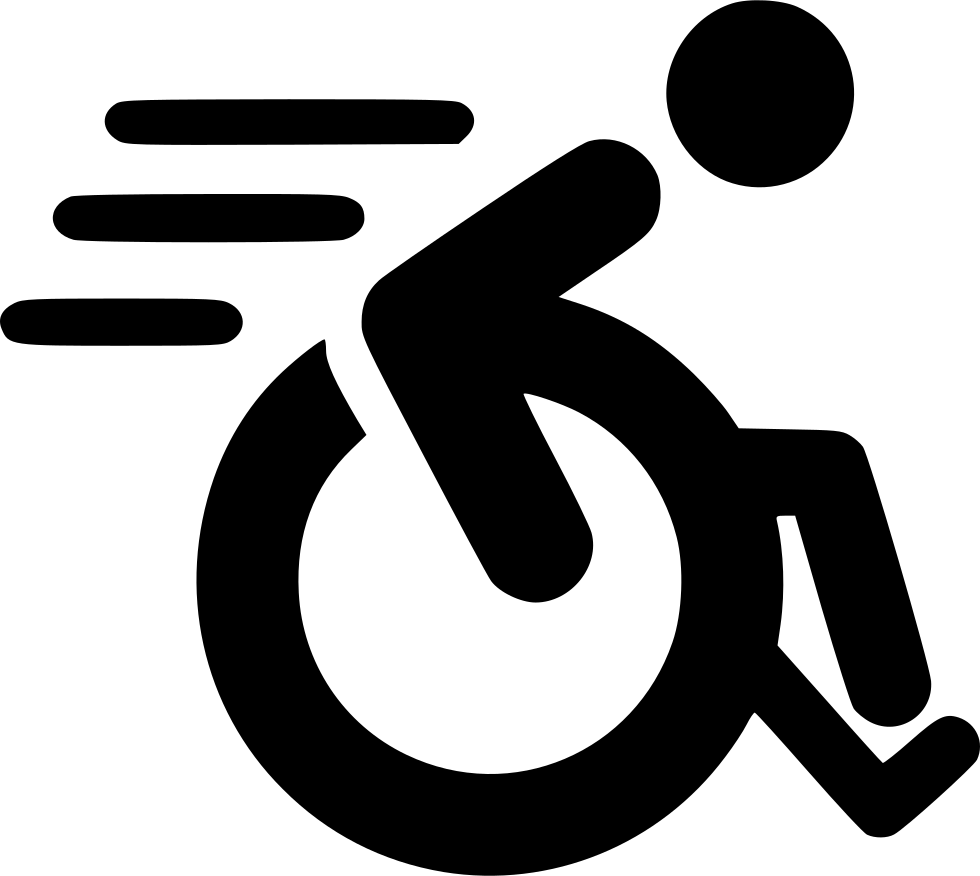Anesthesia and Patient Monitoring
Anesthesia and patient monitoring varies greatly among clinics. When you choose your veterinarian, be sure to question the types of anesthetics used and the protocols for monitoring anesthesia. Often the more expensive anesthetics are safer to use; however, anesthetics are also chosen for other reasons including their ability to control pain and how they are eliminated from the body.
-

General Anesthesia
A general anesthetic results in a loss of consciousness in the animal and a loss of sensation throughout the body. Most general anesthetic procedures involve several steps beginning with the…
-

Local Anesthesia
A local anesthetic causes a loss of sensation to a ‘local’ area. Small surgical or diagnostic procedures may require a local anesthetic to perform. A biopsy is a common diagnostic…
-

Patient Monitoring
During general anesthesia, our patients are monitored closely by a registered veterinary technician for heart rate, respiratory rate, capillary refill time and blood pressure. A change in blood pressure is…
-

Tranquilization/Sedation
Tranquilization or sedation is used to calm an animal under various conditions. The animal remains awake or may ‘sleep’ but is easily aroused when stimulated. Pet owners frequently request sedation…

